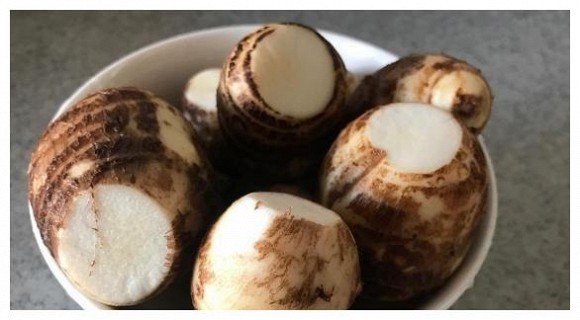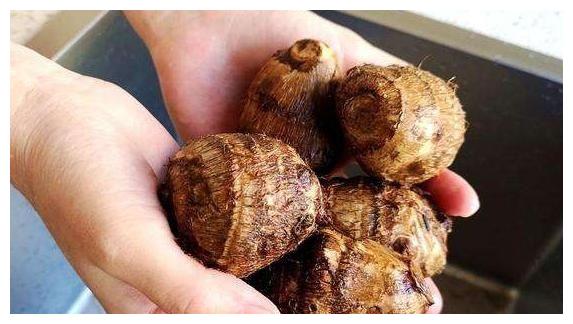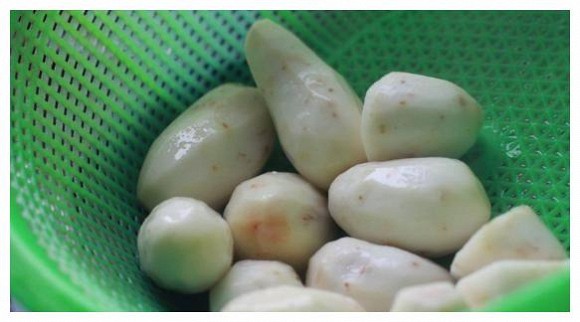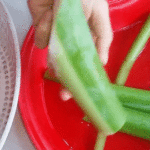However, the process of cleaning taro can often be uncomfortable as it is sticky and itchy. Today, we will share a small trick to clean taro without getting sticky or itchy hands.

The best way to clean taro:
First, place the taro in a basin filled with clean water, soak for about 20 minutes. After the surface of the taro skin has softened, rinse it with water, then pour an appropriate amount of clean water into a pot. Heat it, then add the taro to the pot, cover the pot and simmer for about 8 minutes.

After 8 minutes, remove the cooked taro, prepare a pot of cold water, and soak the taro in the water until it cools. Then rub the surface of the taro and peel it off by hand, as it is cooked, the surface of the taro is easy to peel, and it can be removed directly after rubbing, which is much more convenient than using a knife to peel, it is neither sticky nor itchy.

By Công lý & xã hội










